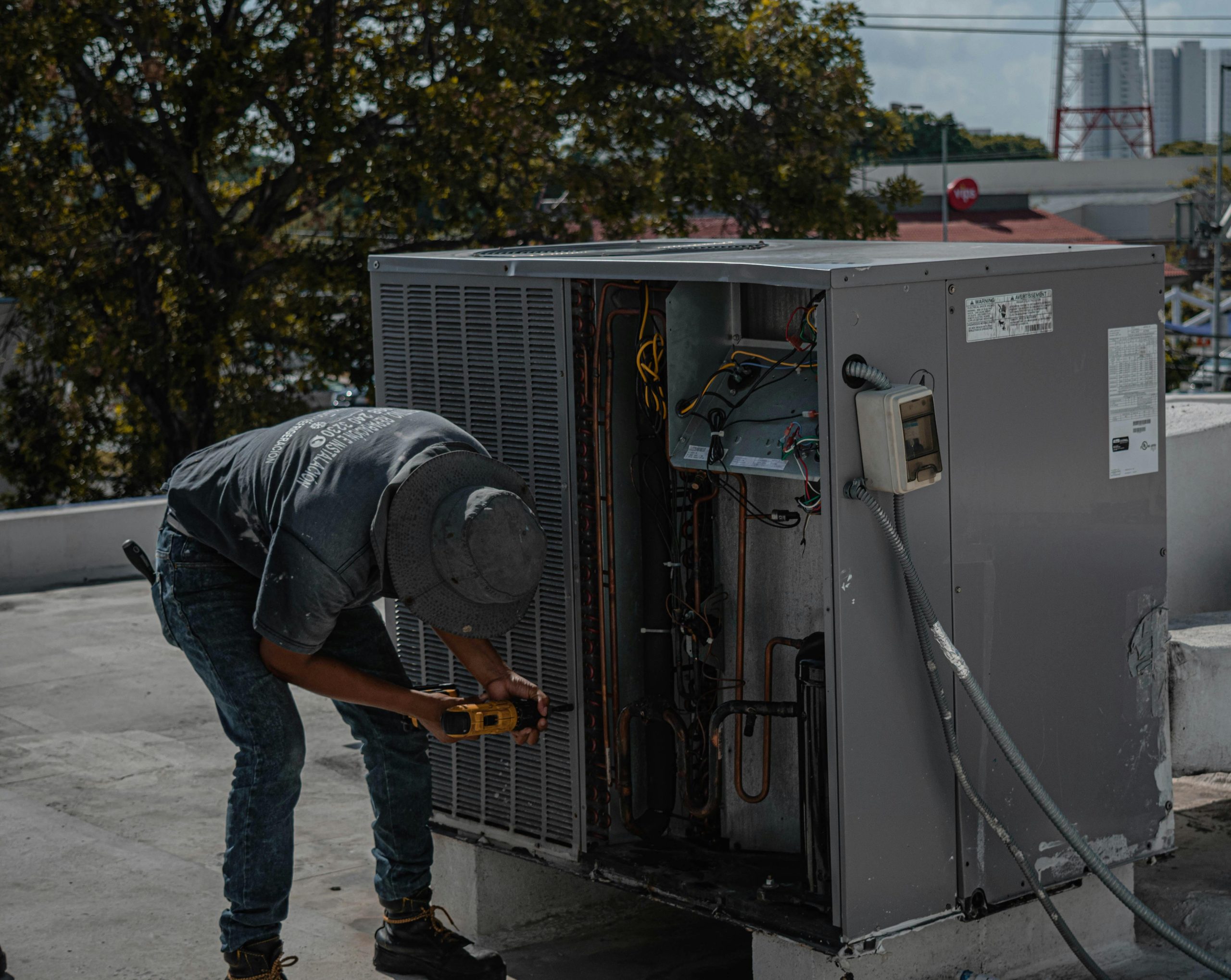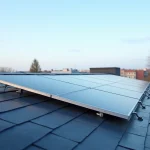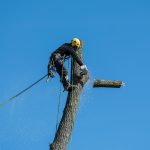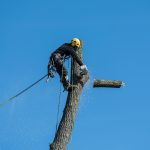Improving indoor air quality starts with clean air ducts. Professional duct cleaning removes dust, mould, and bacteria that reduce ventilation efficiency and pose health risks. Swiftclean’s expert services follow strict UK standards, ensuring safer, healthier spaces in homes and businesses. Discover how regular maintenance not only protects occupants but also helps meet legal requirements and avoid costly consequences.
Comprehensive Overview of Professional Air Duct Cleaning Services
Duct Cleaning Services play a vital role in maintaining indoor air quality. Regular cleaning reduces allergens, dust, and mold, creating healthier environments for building occupants. It also helps in improving HVAC system efficiency and prolongs its lifespan, which translates into energy savings and cost reduction.
This might interest you : Transform your walls with monocouche render: benefits & tips
Experts recommend adhering to standards like TR19® Air, issued by BESA, ensuring ducts meet specific cleanliness levels. This involves removing dust, bacteria, and mold, especially in sensitive spaces such as hospitals or food establishments. Non-compliance could invalidate insurance policies, making professional cleaning essential.
Duct cleaning techniques involve mechanical brushes, air jets, and specialized extraction devices. When microbiological contamination is suspected, disinfection services are included. Advanced equipment and methods improve air flow, reduce energy consumption, and assist in allergy relief.
Also read : What plants thrive in damp UK basements and how can you care for them?
Ensuring ducts are cleaned regularly maintains optimal ventilation, prevents contamination sources, and supports overall system efficiency.
Industry Standards and Regulatory Compliance in Duct Cleaning
TR19® Air Certification Process
The TR19® Air certification sets the baseline for professional duct maintenance and defines strict requirements for air duct cleaning benefits and reporting. Compliance requires post-clean photographic evidence and measurable cleanliness, with less than 0.3 g/m² of dust as validated by the European Vacuum Testing method. Kitchen duct cleaning and residential duct cleaning services must also meet these standards. Building managers should ensure their providers document all duct sanitizing techniques and use only licensed and insured duct cleaners trained in TR19® protocols.
Legal Responsibilities for Building Managers
The Health & Safety at Work Act 1974 and Occupiers Liability Act 1984 specify that employers and building managers must maintain indoor air quality improvement and safe environments through HVAC system cleaning. Non-compliance jeopardizes insurance validity and risks legal prosecution. Facilities should schedule duct cleaning frequency recommendations and keep detailed documentation to demonstrate their commitment to best practices, particularly for mold removal in air ducts or allergen reduction strategies.
Industry Best Practices and Certification Significance
Companies like http://cleanairuk.co.uk/ exemplify industry best practices by aligning with BESA guidelines and providing detailed post-clean certification. Using advanced air duct cleaning equipment and tailored ventilation system hygiene protocols, they ensure commercial duct cleaning services and home air quality improvement alike are carried out according to established UK standards—offering reassurance of improved HVAC efficiency, minimized duct contamination sources, and clear air duct cleaning guarantees.
Professional Duct Cleaning Techniques and Equipment
HVAC system cleaning starts with advanced extraction devices, mechanical brushes, and high-powered air jets. These tools remove layers of dust, bacteria, and mold addressing common air duct problems at the source. Manual cleaning often follows, especially in tight areas, ensuring the thorough removal of debris and allergen reduction strategies from vents.
Equipment Used in Modern Duct Cleaning
Air duct cleaning equipment used today meets industry standards like TR19® Air. Professionals use HEPA-filtered vacuums, negative air machines, and mechanical rotary brushes for deep cleaning, restoring airflow in HVAC systems. These devices also tackle pet dander removal and efficiently remove dust from vents, which are vital home air quality improvement steps for allergy sufferers.
Importance of Access Points and System Inspection
Access points are installed for inspection and easier future access crucial for proper residential duct cleaning services and duct repair and cleaning combo operations. Detailed inspections spot duct contamination sources and verify thorough cleaning, supporting seasonal duct maintenance and optimal ventilation system hygiene for both commercial duct cleaning services and home ductwork.
Microbiological and Odor Removal Methods
When tackling mold removal in air ducts and odors, professionals use UV light and eco-friendly chemical applications as part of comprehensive duct sanitizing techniques. These steps help prevent dust buildup, eliminate airborne bacteria, and deliver real air duct cleaning benefits, contributing substantially to fresh air duct and vent cleaning for improved indoor environments.
Benefits of Certified Professional Duct Cleaning for Buildings and Occupants
Impact on Indoor Air Pollution and Health
Professionally managed air duct cleaning benefits every building by taking direct aim at contaminants such as dust, pollen, and mold spores. Professional duct maintenance targets mold removal in air ducts, drastically reducing the risks linked to poor indoor air and helping with air duct cleaning for asthma relief. A well-planned cleaning approach improving HVAC efficiency and incorporating proven duct sanitizing techniques results in measurable allergen reduction strategies. High-quality duct cleaning removes dust from vents and pet dander, improving comfort for allergy sufferers and those sensitive to dust.
Energy Savings and System Performance Optimization
A certified HVAC system cleaning reduces dust buildup one of the most common air duct problems freeing up ventilation and enhancing airflow in HVAC systems. When contaminants are promptly eliminated, systems require less energy to operate, leading to immediate energy savings through duct cleaning. Professional teams use advanced air duct cleaning equipment to tackle duct contamination sources and ensure duct sanitization vs cleaning is performed as needed, supporting healthier environments and long-term equipment life.
Long-term Cost Benefits and Legal Compliance Support
Undertaking commercial duct cleaning services, especially under TR19® standards, not only helps buildings stay compliant with regulations but also extends the life of HVAC equipment. Local duct cleaning providers schedule duct cleaning services and recommend maintenance frequencies tailored for each facility. This proactive approach curbs long-term repair costs, preserves insurance validity, and, above all else, fosters safer spaces for occupants.
Choosing a Reliable Duct Cleaning Provider
Selecting skilled, licensed and insured duct cleaners is the foremost consideration for anyone seeking top-rated air duct cleaning services. Insist on teams holding recognized certifications especially TR19® Air compliance as these ensure both expertise and legal accountability. Certification means your commercial duct cleaning services provider delivers measurable air duct cleaning benefits, such as improved HVAC efficiency, allergen reduction strategies, and enhanced energy savings through duct cleaning.
What to Look for in a Duct Cleaning Company
Evaluate whether the provider specializes in both residential duct cleaning services and highly technical scenarios like kitchen duct or ventilation system hygiene. Look for evidence they utilize advanced air duct cleaning equipment for safe and effective mold removal in air ducts, as well as targeted techniques for removing dust from vents. For long-term results and insurance purposes, opt for professional duct maintenance delivered by insured teams who issue post-clean certification, such as those at Clean Air UK.
Questions to Ask About Equipment, Certification, and Guarantees
Before scheduling duct cleaning services, ask about TR19® Air compliance, the experience of licensed duct cleaning technicians, and whether the service comes with air duct cleaning guarantees. Inquire about their air duct sanitizing techniques and their strategies for duct contamination sources and pet dander removal.
Benefits of Going Through Certified and Insured Professionals
Certified professionals can better identify health risks of dirty ducts, recommend optimal duct cleaning frequency recommendations, and personalize ductwork solutions. This provides peace of mind, cost-effective results, and protection from non-compliance penalties while supporting sustained home air quality improvement.
Additional Services Supporting Ventilation and Indoor Air Quality
Integrated Solutions for Commercial Environments
Professional duct maintenance extends beyond routine air duct cleaning. Services such as kitchen extract cleaning, ventilation system testing, and indoor air quality monitoring offer integrated solutions that address all facets of ventilation system hygiene. By using certified duct cleaning equipment, providers ensure removal of dust, pet dander, and mold from air ducts targeting common air duct problems and helping to improve HVAC efficiency. When mold removal in air ducts is handled by experienced teams, the risk of contaminants spreading further is minimized.
Importance of Regular Maintenance and Inspection
Consistent inspection and HVAC system cleaning play a pivotal role in home air quality improvement and allergen reduction strategies. Signs you need duct cleaning may include visible dust build-up or persistent odors both indicators of duct contamination sources. Professional duct maintenance schedules ensure ventilation system hygiene, reducing allergens and promoting energy savings through duct cleaning.
How Additional Services Contribute to Overall System Hygiene and Safety
Duct sanitizing techniques such as post-clean certification, fire safety inspections, and legionella risk control go much further than surface dust removal. These methods not only prevent re-accumulation and biofilm growth but also support compliance with standards like TR19. Proper sealing and insulating ducts after mold removal in air ducts or other interventions ensures ongoing system health and sustained home air quality improvement. These efforts collectively create a safer, cleaner, and more comfortable environment for building occupants.













